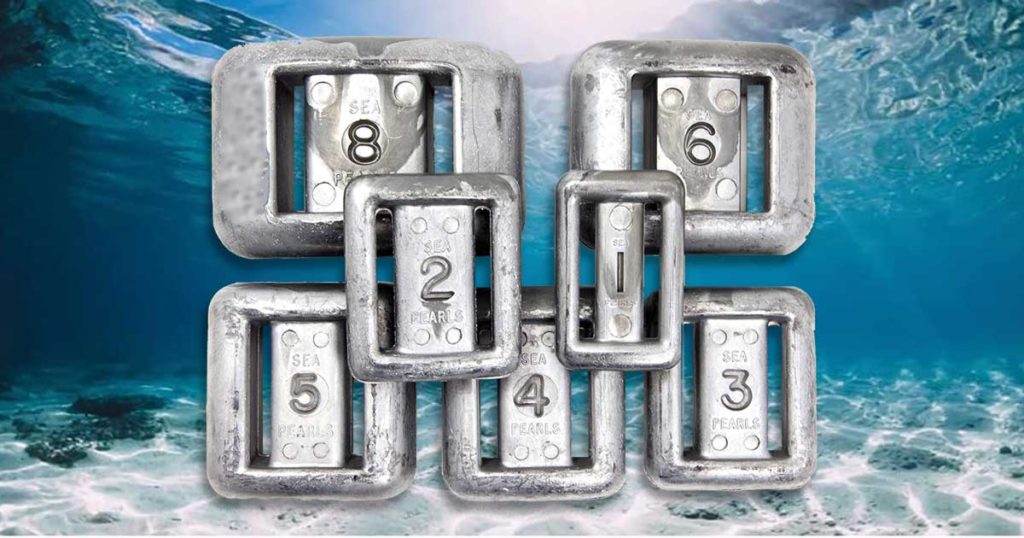Always wear the least weight possible. You hear this consistently from experienced dive professionals. What you may not understand is why.
Let’s be clear, though. Wearing the least weight possible does not mean you dive underweighted. Should you find yourself struggling to stay down, you need more weight. The goal is to wear the least weight you can without fighting to remain underwater. Why is this?
Safety
Diving accident victims are usually overweighted. Most accident victims actually make it to the surface. At that point, the difference between those who survive and those who don’t is often proper weighting.
- Overweighted, panicky divers who lack the presence of mind to inflate BCs or drop weights will continue to struggle until exhausted. At that point, they will sink, never to surface again.
- Properly weighted divers, on the other hand, generally won’t need to struggle to stay at the surface. Even if exhausted, there is less likelihood they will have difficulty staying there.
Proper weighting makes buoyancy control easier
The thicker your wetsuit, the more frequently you must make buoyancy adjustments underwater. Thick suits compress and expand more as you change depth. As a result, you will need to add or remove air from your BC more frequently to compensate.
- When you wear more weight than you actually need, you end up with an air bubble in your BC that is there solely to compensate for the unnecessary weight. Just like a thicker wetsuit, that unnecessary air bubble will compress and expand as you change depth. This will require that you make more frequent buoyancy adjustments to compensate.
- In contrast, properly weighted divers generally need to make only minor buoyancy adjustments underwater. This is not only easier, but it also provides the time to relax and simply enjoy the dive.
Better trim
Divers who wear unnecessary weight often carry it below their body’s natural balance point. This will tend to drive their feet down.
- Divers whose feet are constantly pointing down are less streamlined. They are at greater risk of kicking fragile corals or stirring up sediment, thus ruining the visibility for themselves and everyone else.
- Properly weighted divers generally find it easier to maintain ideal trim where their knees are in line with their shoulders along the same horizontal plane. These are the divers who make it look effortless.
Make it a habit
Get in the habit of ending every dive with a buoyancy check. If properly weighted, you should be able to hover at safety stop depth, with 500 to 1,000 psi in your tank and no air in your BC. If you can’t, you need to add or remove weight as needed before your next dive.
Do this, and you’ll discover diving can be easier, safer and a lot more fun.


